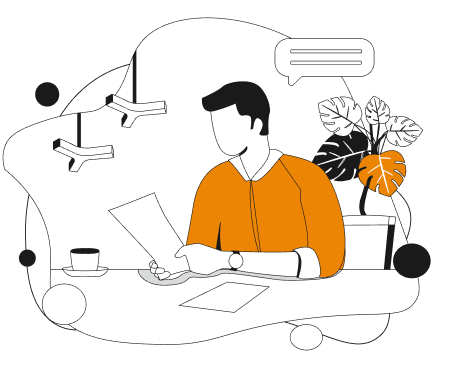
In our increasingly digital world, images play a crucial role in communication, marketing, and content creation. With advancements in AI, particularly with platforms like ChatGPT, many wonder about the copyright implications of AI-generated images. Let’s explore this topic in detail, offering a comprehensive understanding of copyright, ownership, and best practices for using ChatGPT-generated images.
What is ChatGPT?
ChatGPT, developed by OpenAI, is a sophisticated AI language model designed to generate human-like text based on the prompts it receives. It’s utilized across various domains, from customer support to content creation, due to its ability to produce coherent and contextually relevant responses.
While ChatGPT is primarily known for its text generation capabilities, the technology behind it also supports the creation of visual content, raising important questions about the copyright status of such images.
Understanding Copyright
Copyright is a legal framework that grants creators exclusive rights to their original works. This protection covers various forms of creative expression, including images, text, music, and videos. Copyright is automatic upon the creation of a work and typically lasts for the creator’s lifetime plus a set number of years.
When it comes to AI-generated content, understanding how copyright applies can be nuanced. Traditional copyright laws were designed with human creators in mind, making it essential to consider how these laws translate to the digital and AI-driven landscape.
ChatGPT and Copyrighted Images
AI-generated images, including those produced by ChatGPT, do not automatically carry copyright protection in the same way as human-created works. Here’s a deeper look into the nuances of ownership and rights associated with these images:
- Ownership and Rights:
- AI Model and Ownership: The AI model, like ChatGPT, generates images based on input prompts, but the model itself and its outputs are owned by OpenAI. The organization retains rights over the technology and the content it produces.
- User Rights: Individuals who use ChatGPT to create images have rights to use the images, provided they adhere to OpenAI’s terms of service and usage guidelines. However, this does not mean that the images are automatically free from copyright considerations.
- Licensing and Usage:
- Terms of Service: The usage of ChatGPT-generated images is governed by OpenAI’s terms of service. Users should carefully review these terms to understand any restrictions or permissions related to image use.
- Commercial Use: For commercial applications, such as marketing or advertising, it is advisable to seek legal advice to ensure compliance with copyright laws and avoid potential infringement issues.
- Attribution and Fair Use:
- Attribution: When sharing or distributing AI-generated images, proper attribution to the AI model as the source is recommended. This acknowledges the role of the technology in creating the content.
- Fair Use: Fair use principles may apply, particularly for non-commercial, educational, or transformative uses. However, each situation is unique, and fair use depends on the context of the image’s use.
Best Practices for Using ChatGPT-Generated Images
If you plan to incorporate ChatGPT-generated images into your projects, following these best practices can help you navigate potential legal and ethical concerns:
- Compliance with Copyright Laws:
- Ensure that your use of the images adheres to copyright laws and does not infringe on others’ rights. This includes checking if the images bear any resemblance to copyrighted works.
- Creating Original Content:
- Whenever possible, consider creating original images or using images from reputable sources with clear usage rights. This reduces the risk of copyright issues and adds authenticity to your content.
- Clear Attribution:
- Attribute the source of the images appropriately. If the images are generated by ChatGPT, mention the AI model as the creator. This not only provides credit but also aligns with ethical content creation practices.
- Consult Legal Experts:
- If you are uncertain about the copyright status of AI-generated images or their use in commercial projects, consult a legal professional. They can provide guidance tailored to your specific situation and ensure compliance with relevant laws.
Conclusion
ChatGPT and similar AI technologies offer exciting opportunities for content creation, including the generation of images. However, navigating the complexities of copyright and ownership requires careful consideration. By understanding the legal landscape and following best practices, you can use AI-generated images responsibly and ethically.
For those interested in leveraging advanced technologies for content creation or exploring custom solutions, our team at Asambhav Solutions is here to help. With expertise in MERN stack development, web and app development, and cutting-edge generative AI technologies, we offer tailored solutions to meet your needs.
Talk Soon!
Shreyan Mehta
Founder, Asambhav Solutions



